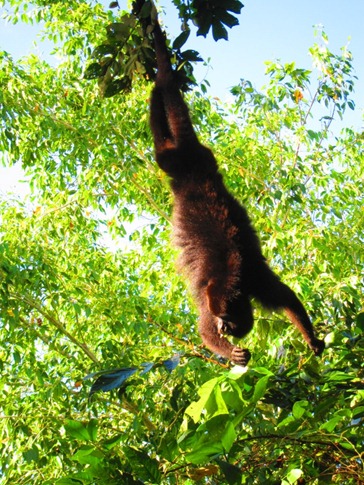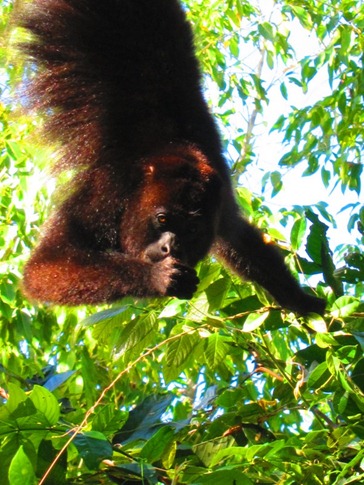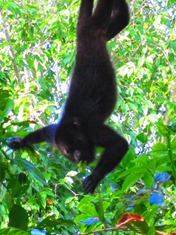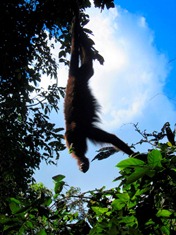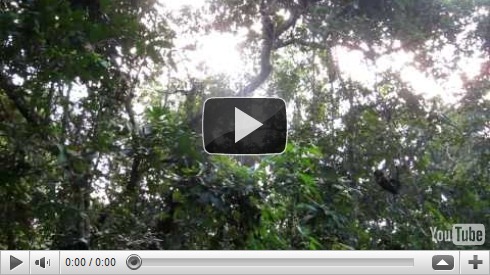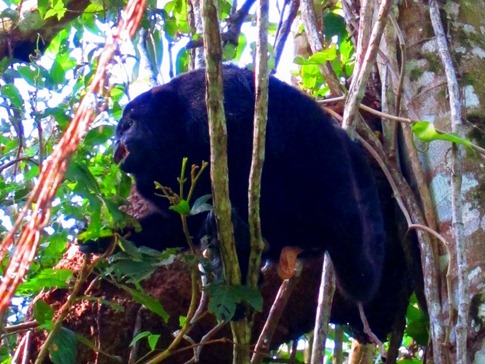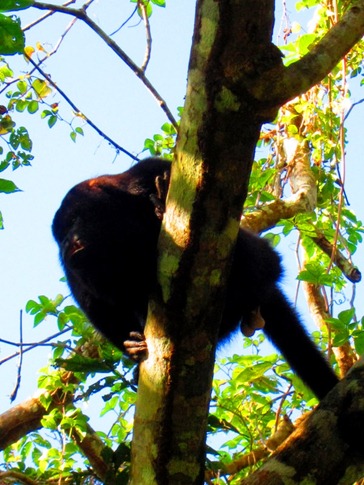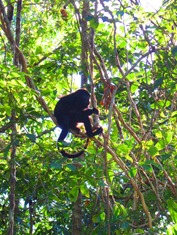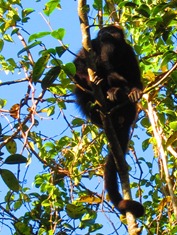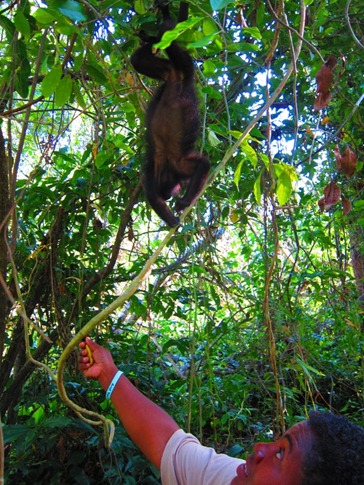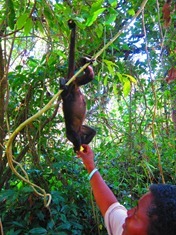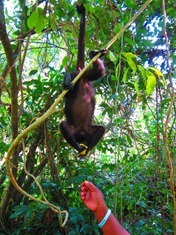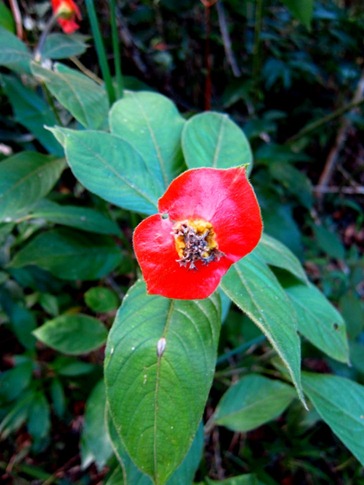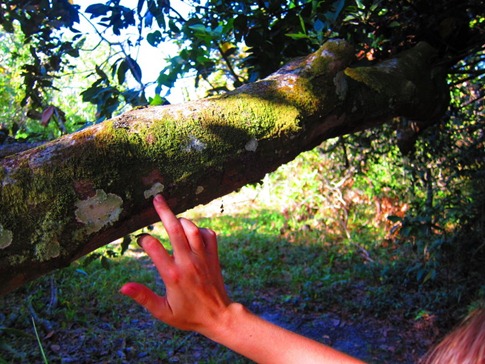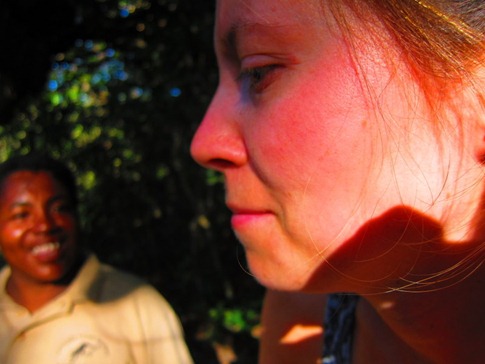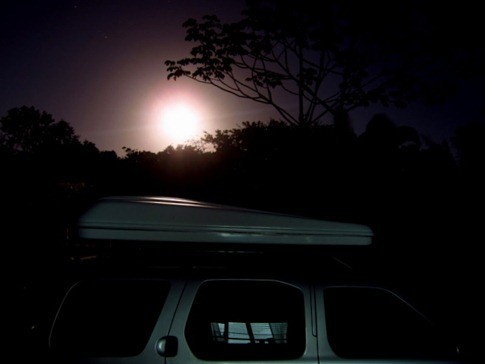Belize only got its name in 1973 when it was changed from British Honduras. It been taken by the British in 1798 in the Battle of St. George’s Caye after more than 100 years of squabbles with the Spanish who claimed ownership after 100 years of trying to subdue the Maya. For the past 160 years and to the current day, Spanish-colonized Guatemala has refused to acknowledge British control or the independence granted to Belize in 1981. The British army officially left Belize in 1994 but left behind a bases where soldiers were trained for jungle survival. This year, those bases are closing, and Belizeans in the border regions fear Guatemala will see it as an opportunity to invade.
But for the time being, Belize is a laid back country, populated by a mix of the descendants of Mexicans who migrated down from the Yucatan in the mid 19th century, African slaves who were brought over by the British in the 17th century and the Maya who were there all along. And did I mention the Mennonites? Members, similar to the Amish in their rejection of modern technology, can be seen riding in horse-drawn buggies - more like car chassis without a body - dressed in a family “uniform,” the women all wearing the same dress and men in matching boots, jeans, western shirts and John Deere caps. Add huge ears and freckles and it sometimes felt like zombie Howdy Doody’s were roaming the streets. After buying up huge plots of farm land when they started to arrive in 1958, many of them now find themselves incredibly rich and have taken a modernist approach that allows them to buy machinery and brand new SUV’s.
South of Orange Walk, we followed signs to the Community Baboon Sanctuary, skipping a couple well-known ruins after filling our (lifetime?) quota in the past week. The Sanctuary is a collective of more than 200 landowners in eight communities who have agreed to limit clear-cutting to maintain habitat for howler monkeys, which locals call “baboons.” In exchange, CBS runs programs that refers tourists to farms for homestays, provides grants for alternatives like fish ponds and trains local people to be guides. If habitat must be cleared, they work with landowners to maintain protected thoroughfares for the monkeys.
Not fooled by the brightly colored “Monkey Tours” signs preceding it (more on this in a second), we found the simple exhibit center and scheduled a nature walk with one of their guides. Geraldine, a local woman who took advantage of the guide training about 10 years ago, told us – when we asked – that the other monkey tours we’d seen were run by the son of a large landowner who had pulled out of the collective to run his own tours, subverting the cooperative nature of the Sanctuary and profiting from the sacrifices of the other landowners. Hopefully, the great howler monkey in the sky will climb above him and crap on his head; Apparently they like that.
Geraldine found a troop of monkeys a few properties over from the visitor center. These are wild monkeys who come and go as they please and sometimes are nowhere to found. Still, when they saw her and heard her “Come, come” call, a few of the juveniles started climbing down towards us. Refusing to jump down to the lower canopy, they instead preferred to hang upside down by their tails and feet from the upper branches and reach down to grab tasty leaves below.
The alpha male and a couple mature females, some with tiny babies clinging to their fur, stayed high in the trees keeping a watchful eye. Geraldine was able to get them vocalizing in their characteristic, breathy growl.
One brave juvenile came all the way down for a leaf Geraldine said they thought was a particular treat. Pretty amazing…
On the walk back, Geraldine pointed out several jungle plants and explained their uses. The juice of one plant containing elevated iodine levels and another leaf turning a different color if a pregnant woman pees on it was believable, but a few others – rubbing a leaf on the belly during delivery stimulating the after birth – were a little more farfetched.
One jungle practice we were willing to try was eating termites, apparently a good source of protein. Cracking one of the tunnels they made on branches to reach their nest exposed an ant-like line of them. With a wet finger, you could grab one and suck it off your finger. As Geraldine promised, they tasted a little like a minty carrot and thankfully didn’t put up much of a fight.
We stayed the night in some cabanas behind the CBS visitor center owned by a local family. Traditional outside, the interiors were stark white, the first dry-wall we’d seen in a long time after months of Mexican concrete walls, with florescent lighting. At that point, we were happy to be out of the jungle bugs and still recovering from our sandfly bites and fell asleep to the howler monkeys, ready to explore a new country.

